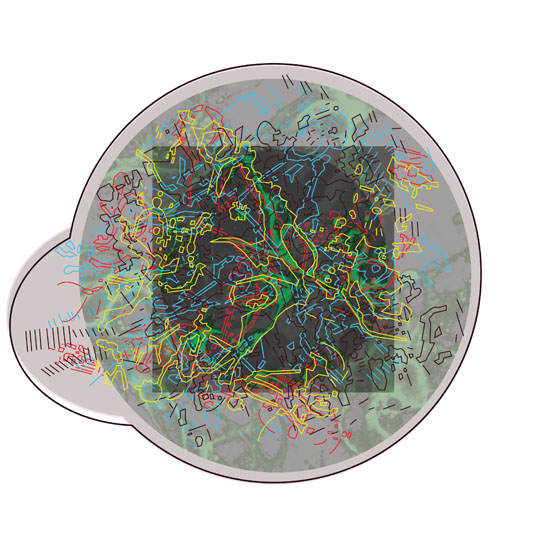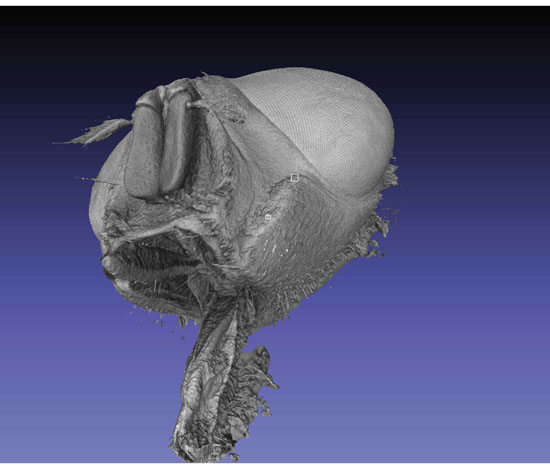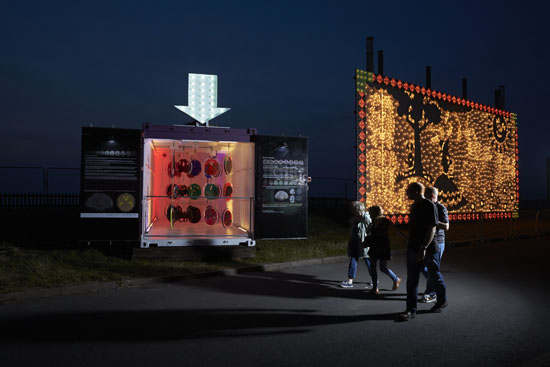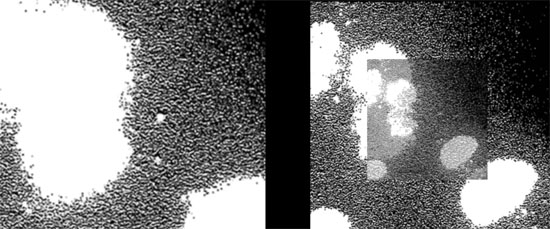VaroomLab Visionaries – Scientific images
November 2015’s Visionaries illustration conference featured some short Pecha Kucha presentations, and here Jo Berry examines her collaborative work with scientists.
Art made from live scientific images to help and influence how they are visually communicated and distributed.
I am interested in working collaboratively with scientists who use digital imaging techniques as a major part of their research. These collaborations allow me to use medical software in new imaginative ways and can be exploited and combined with digital design techniques to create distinctive graphic interpretations.
The research I am undertaking is situated within contemporary visual- communication drawn upon by knowledge of the discipline as a practitioner, participant, audience member, educator and academic informed by historical and contemporary visual art centred around art, science, new technology and digital drawing applications and design.
These collaborations are a vehicle to create new methods of working, new production techniques and new work. It is a place where art, design, science and technology can be combined to create a more open-ended approach to scientific enquiry by provoking an alternative challenging response to how science can be represented.
New Scientific specialist partners and themes:
 Cardiovascular Health and Disease
Cardiovascular Health and Disease
Collaboration: University of Nottingham Life Sciences and Birmingham University. Cell Signalling Group with Dr Stephen Briddon, Dr Nicholas Holliday and Tim Self.
Previous project 2012: Hijacking Natural Systems funded by Wellcome Trust, ACE with National and International impact. Accessed at:
This project will involve a visual survey aided by expert knowledge of the heart, circulation and blood cells. The outcome will be a series of interpretive digital outputs, which exploit medical softwares with cross-platform digital activity.
Visual theme: sequential pattern and movement.
 Versatile Imaging and Analysis as a three-dimensional sketch
Versatile Imaging and Analysis as a three-dimensional sketch
Collaboration: Dr Alex Ball, Head of Imaging and Analysis, Natural History Museum, London.
This project will offer new insight into scientific imaging /data samples. The outcome will be 3D printed prototype models fabricated using industrial manufacturing techniques.
Visual theme: form.
Flower Bed to Bedside Drug Discovery
Collaboration: School of Chemistry, University of Birmingham, Botanists at Winterbourne Botanic Gardens and Cancer Sciences, Birmingham Medical School. Coordinator: Dr. John S. Fossey, Royal Society Industry Fellow, Senior Lecturer in Synthetic Chemistry, International representative for Chemistry
This project offers new insight into how scientific disciplines can jointly investigate a compound found in the plant Feverfew that is effective against Chronic Lymphatic Leukaemia (CCL). The outcome will be 3D printed prototype models fabricated using industrial manufacturing techniques.
Visually theme: Structure.
 Tools for psychoses
Tools for psychoses
Collaboration: Dr Sarina Iwabuchi, Department of Translational Neuroimaging for Mental Health, the Institute of Mental Health, Nottingham University
Previous project 2014: ‘Brain Container’ funded by ACE, Arts for Health, Blackpool Arts service with national impact.
This project offers insight into the use of machine learning methods on neuroimaging results, which explore how researchers can discriminate psychosis patients from healthy controls, based on anatomical and functional neural patterns. The outcome will be 2D and 3D digital still and moving representations.
Visual theme: pixilation.

A DNA Mapping Project
Collaboration: Dr Robert Neely, School of Chemistry, University of Birmingham
This project will develop new ways to image single DNA molecules and the information that they encode. And apply this knowledge to develop new diagnostic tools that will incorporate automated sample preparation of the DNA as well as tools for readout, extraction and quantification of medically relevant genomic information. The outcome will be a series of 2D representations of DNA molecules.
Visual theme: Sequence and movement.
Back to News Page
